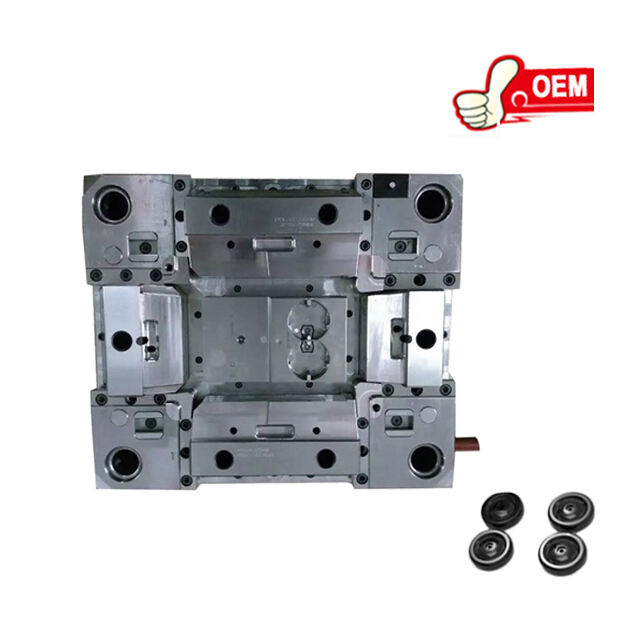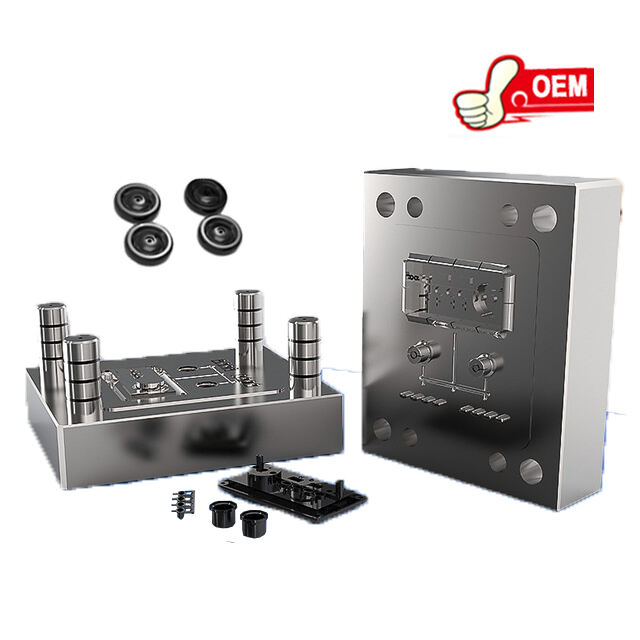plastics that can be injection moulded
Injection moulded plastics encompass a wide variety of materials, each tailored to meet specific industry needs. These plastics are formed by injecting molten material into a mould, where it cools and solidifies to the desired shape. The main functions of injection moulded plastics include creating durable and precise components for various products. Technological features such as high tolerance levels, intricate design capabilities, and the ability to use a range of materials set these plastics apart. Common applications span across automotive, medical, consumer goods, and electronic industries, where components like gears, housings, and containers are essential.


